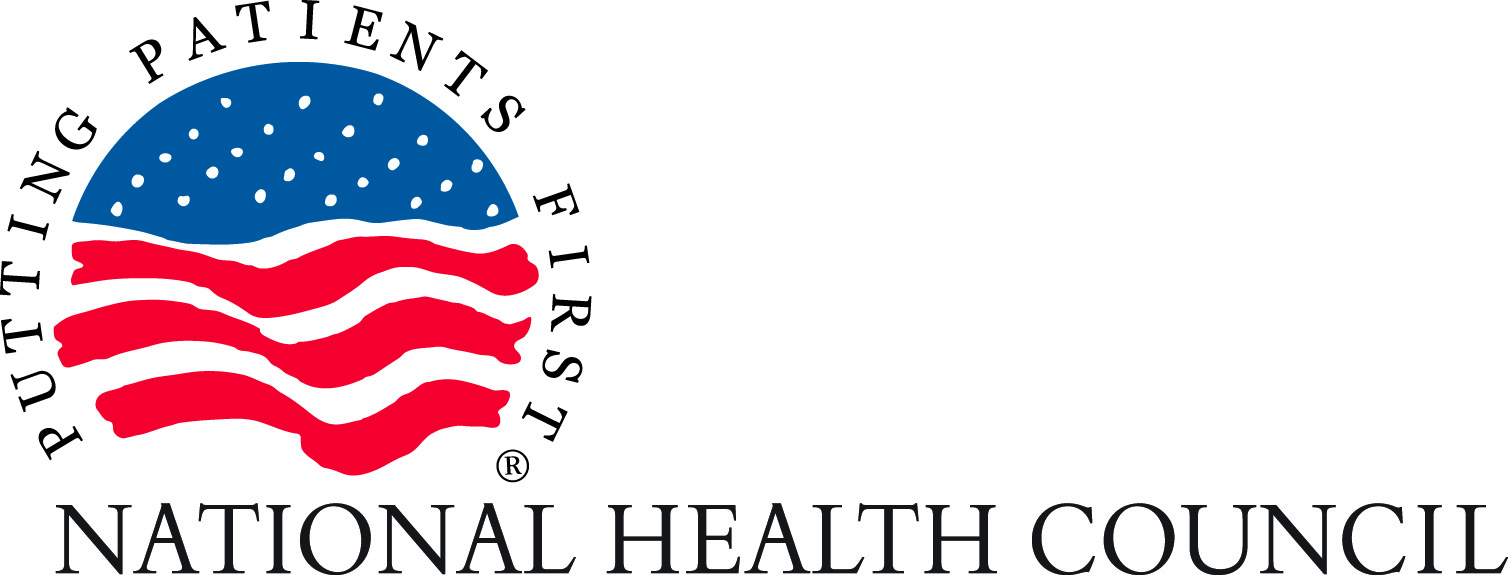Making the Patient the Center of Comparative Effectiveness
08/20/2018
In today’s New York Times, Aaron Carrol writes about the use of comparative effectiveness research to ensure new drugs are safe and effective when compared to other drugs designed to treat the same illness or disease.
Carrol poses important questions, “We spend many billions of dollars each year on the discovery and development of new drugs, but almost none of it addresses two crucial questions: How do these new therapies compare with already known ones? What are the relative benefits and harms in a particular situation, for a person like you?”
And while he asserts that those questions can “best be answered by comparative effectiveness research,” comparative effectiveness research could still be off course unless conducted in a patient-centric way. We need to ensure that the endpoints for comparison, for both safety and effectiveness, are ones that are most important to the patient. This will help move us to a drug development system that delivers safe, effective treatments that get to the outcomes patients truly care about. Too often, comparative studies, including clinical trials and other study designs using real-world data, are conducted with a focus on endpoints like biomarkers or surrogates. These often are not the endpoints that reflect the things most important to a patient’s daily life.
For example, products for Duchenne muscular dystrophy often focused on how far a person could walk in six minutes or whether it extended life. However, when asking boys with Duchenne or their parents what they want from a treatment, they expressed they wanted increased finger dexterity, because it helps them function and communicate with their friends and family via phones or tablets.
Carrol also makes the important point that comparative effectiveness research is complicated and easier in theory than in practice. Thus, before expending scarce research resources, it is even more important to get the effectiveness and safety endpoints right. We see the Food and Drug Administration’s Patient-Focused Drug Development initiative as one mechanism for not only ensuring that FDA efficacy studies focus on the right outcomes but helping to lead the charge that comparative effectiveness studies do the same.
Lastly, we agree with the author that “without comparative effectiveness research, too many important questions that concern patients will remain unanswered.” We would add, it is important to find out from patients what those concerns are to ensure we are answering the right questions with a focus on the right outcomes.

